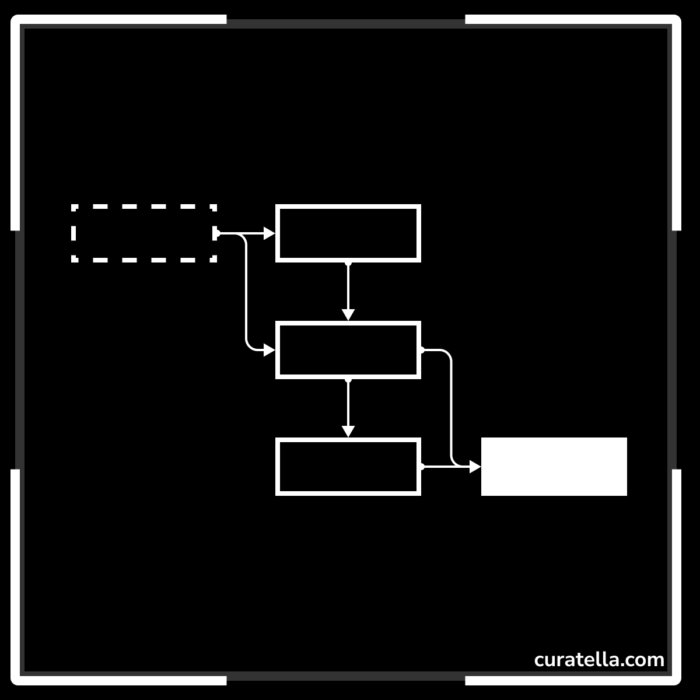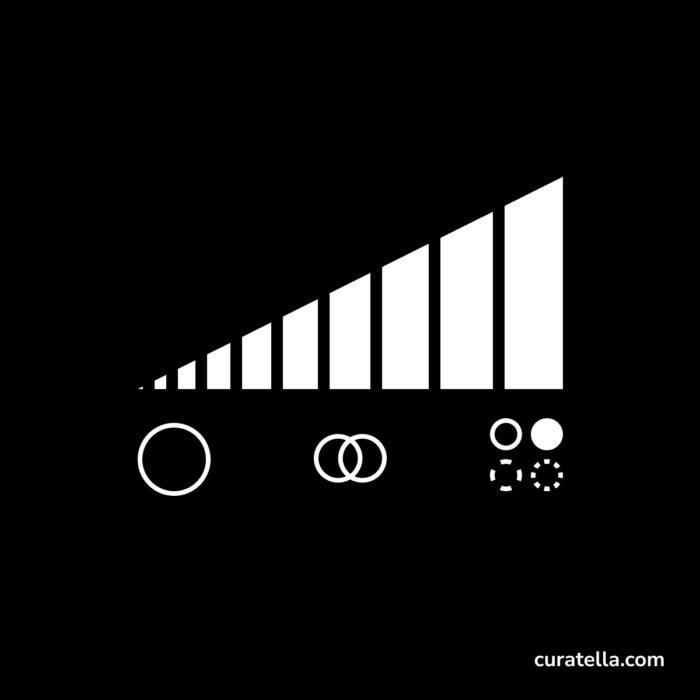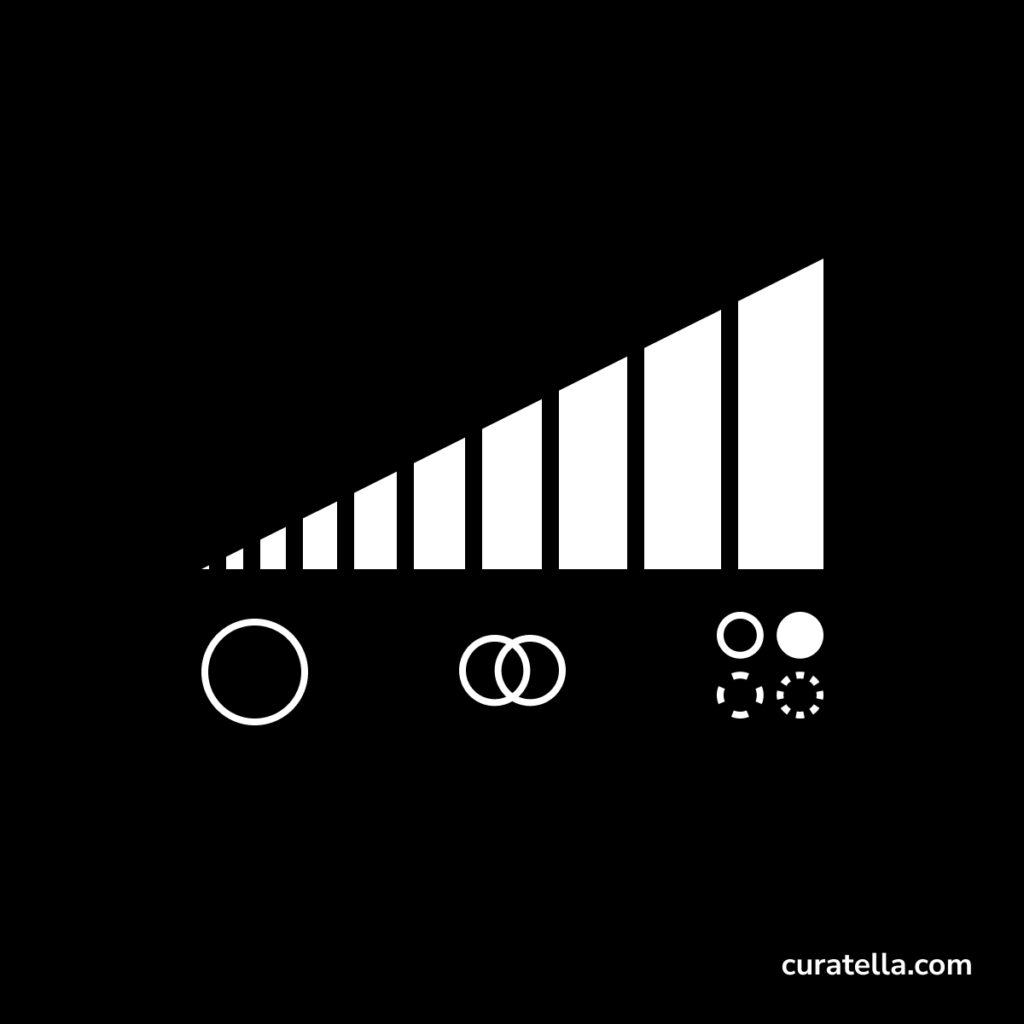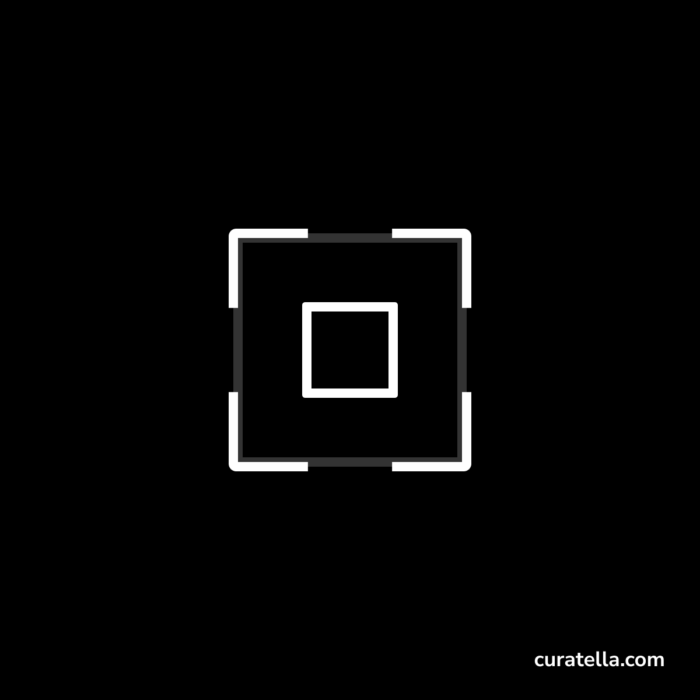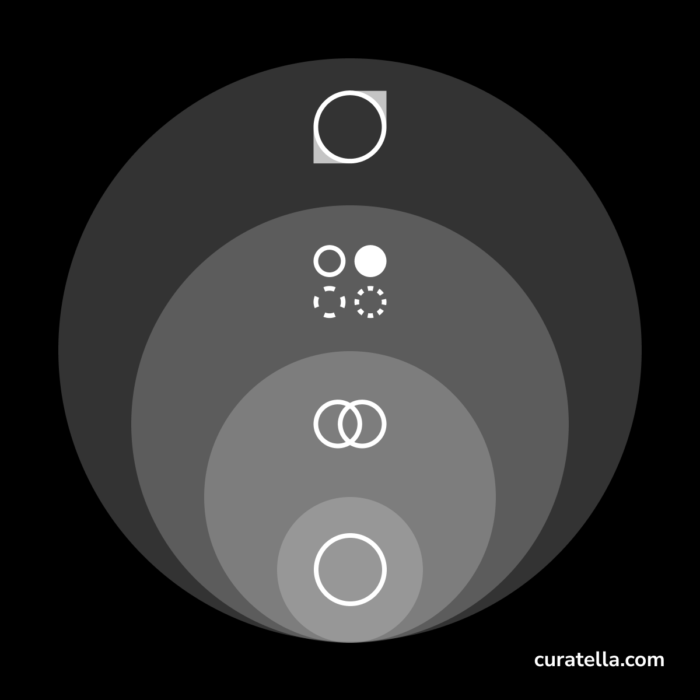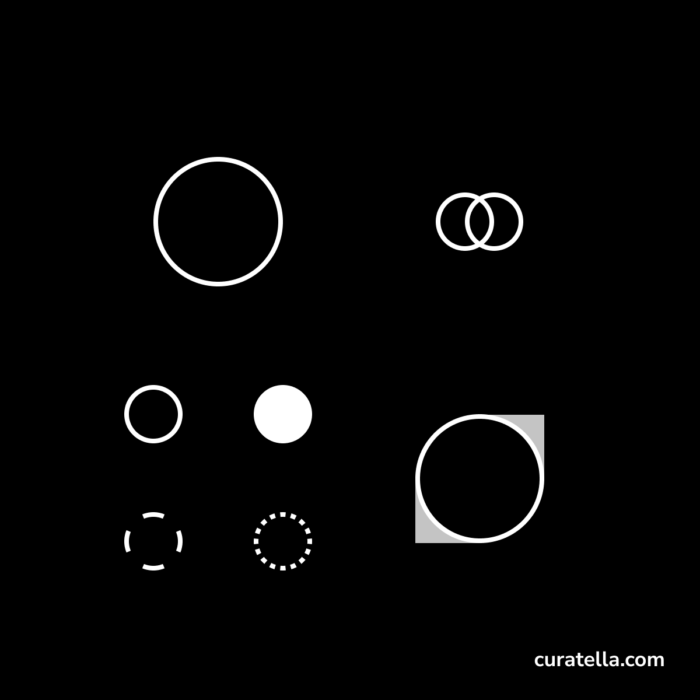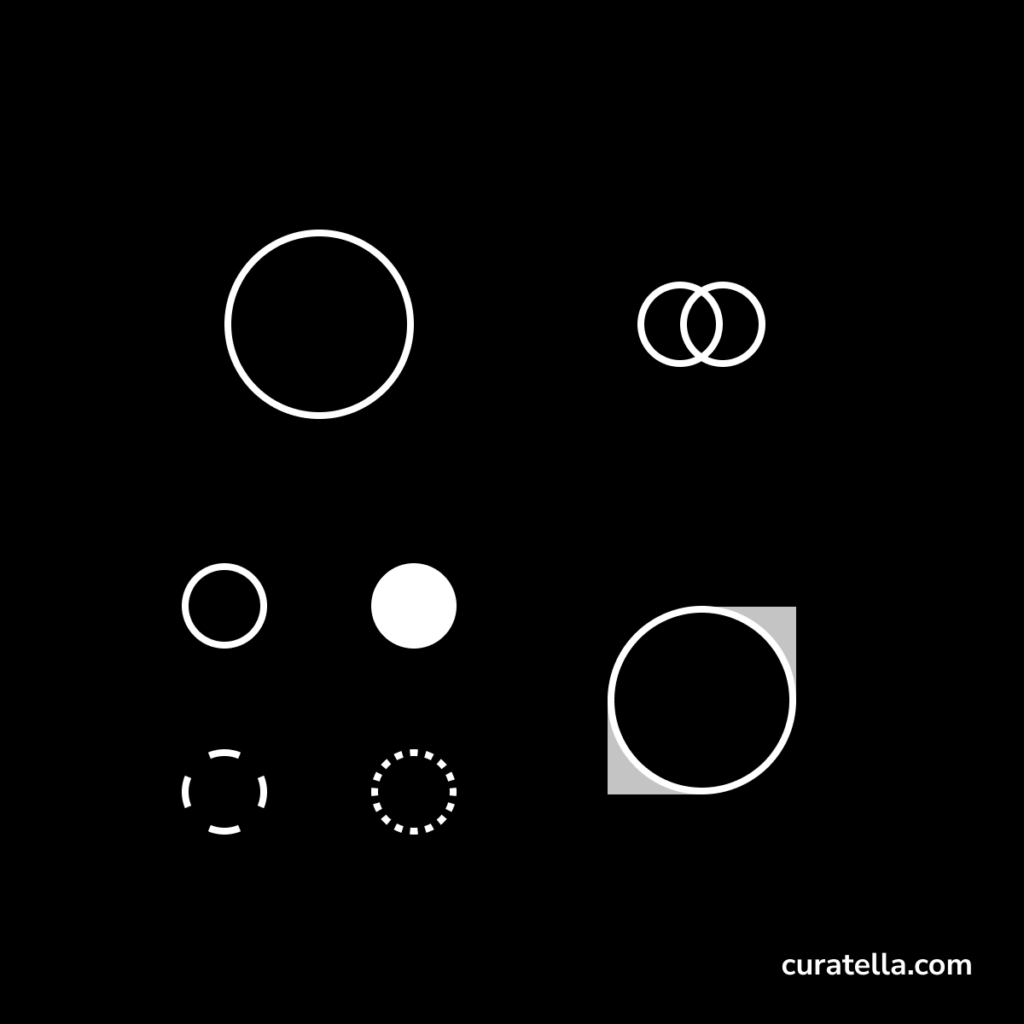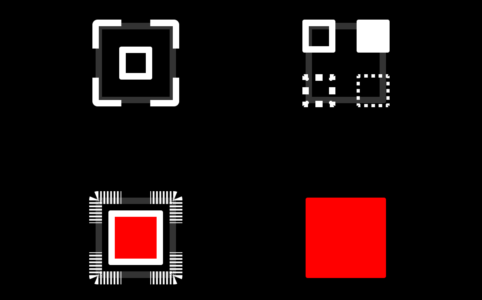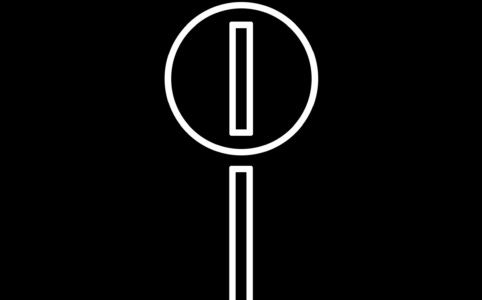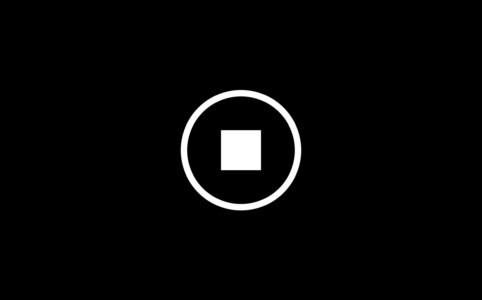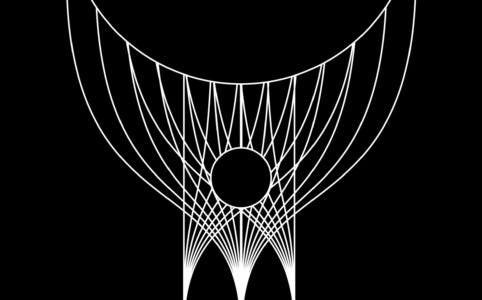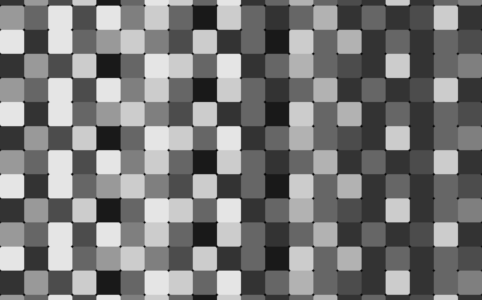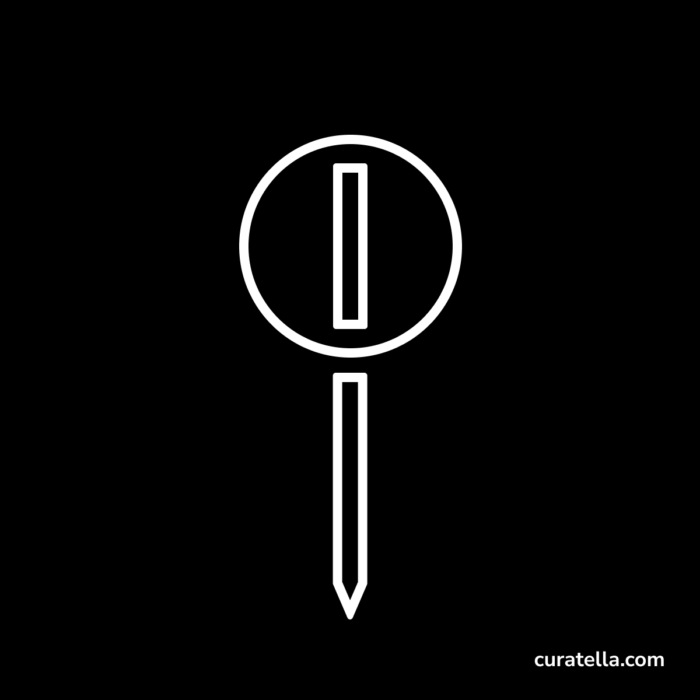Following up on my series on Personal Knowledge Management, I wanted to explore the “Capturing What?” question. Instead of going blindly in enumerating file types, I pivoted to describe a specific use case.
A process diagram in a digital image
I’ve found this diagram image:
on this blog post, Modeling the Homeostasis of Glucose Processing in Human Body
The first impulse I had was related to desiring to do something like that. I like its clarity and elegance in how white space is managed, the disposition of boxes in logical sequences, the use of arrows to indicate flows, and the clever use of colors to communicate with a style. I also like the typography, readable without being blunt, with different gray shades to differentiate headings and descriptions.
I described in detail why I like this diagram only by stopping, observing, and reflecting. Picking it is not enough to capture it, or I will end up in the trap of the Collector’s Fallacy. Elaborating on why I like it and stating that I find it inspiring for what I could design is a statement for my future self.
Talking to my Future Self
If that was a message, how could I package it?
“Dear Future Self, when you need to create a flow-chart diagram to communicate different executions of the same process, take THIS image as a reference and inspiration.”
The Present Self
The object of my capturing is strongly motivated by the reason why I am saving it. I need to take further steps to allow my Future Self to understand the reasoning behind this annotated image so they will be able to take full advantage out of it.
The components of this note-to-future-self are all there:
- The record: the digital image downloaded from the website. Annotated with the source (the URL) and the author to be mentioned if it is reused (when and if the author would allow permission to do that)
- The observation: “I like its clarity and its elegance in how space is managed, disposition o boxes in logical sequences, use of arrows to indicate flows, intelligent use of colors to communicate with a style. I also like the typography, readable without being blunt, with different gray shades to differentiate headings and descriptions.
- The potential use: “when looking for inspiration to design a flow-chart showing complex processes and their different states using a clean and elegant visual style.”
- The related content: see “How to design a flow-chart”, “Interaction Design Diagrams”, “Diagramming Tools”, “Process Design”, “Information Design”
- The classification: image, diagram, minimalism, process, reference
This found image let me state clearly my interest in process visualization and information design. I have the chance to create two collections where to store related content. I am not acting as a librarian trying to capture the Internet. I am on a journey to discover (or reinforce) my interests and capture information and knowledge useful for my growth in the related fields.
As a transdisciplinary designer, I am often involved in the design and visualization of processes and flows. I am stating that I am on a learning path to grow my knowledge and wisdom as an information designer and process designer.
What questions/prompts/criteria did I uncover while capturing data?
From that context, further questions emerged:
- Where should I store the downloaded digital image?
- What can I do to make it easily findable when I need it?
- How should I classify to facilitate findability?
- What are the criteria to observe and evaluate other data like that?
A systems thinker thinks in systems, and I was not.
I was sinning of reductionism by isolating the “why capture” from the “what to capture” in my growing Personal Knowledge Management System. A capital sin for a systems thinker. I discovered it to be more natural and logical to analyze an actual occasion of capturing a piece of information for my purposes and reflecting upon why I wanted to keep that bunch of bits.
A working system is grown, not built.
Instead of making an inventory of all the possible forms of data and information to be captured that would have been too technical and not strategical, I’ve found it helpful to analyze context-by-context the data capturing events. That way, I can connect the “why” and “what” to capture. That is more meaningful and positively contributing to create a PKMS personalized, focused, and oriented to personal creativity rather than just storing data mindlessly.
